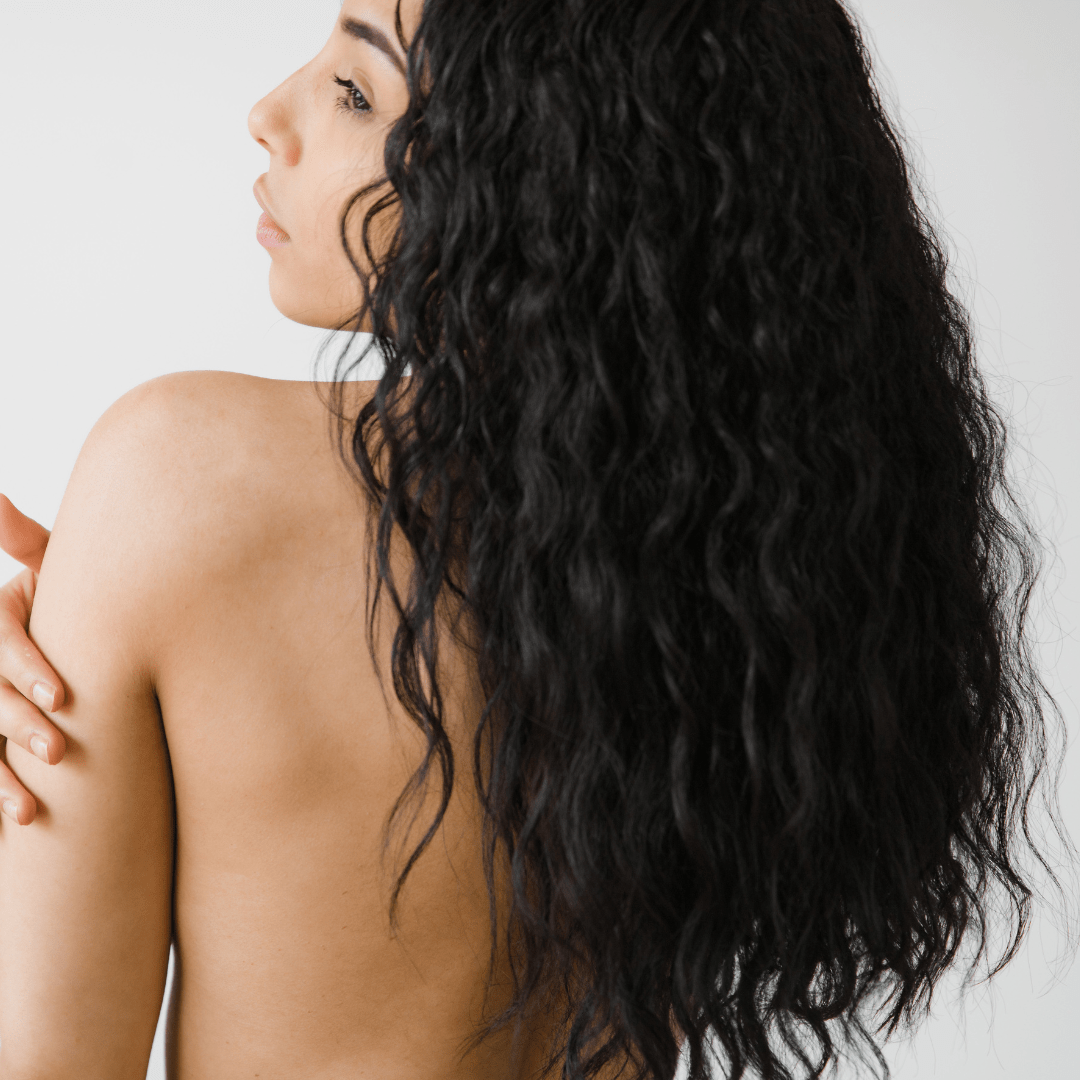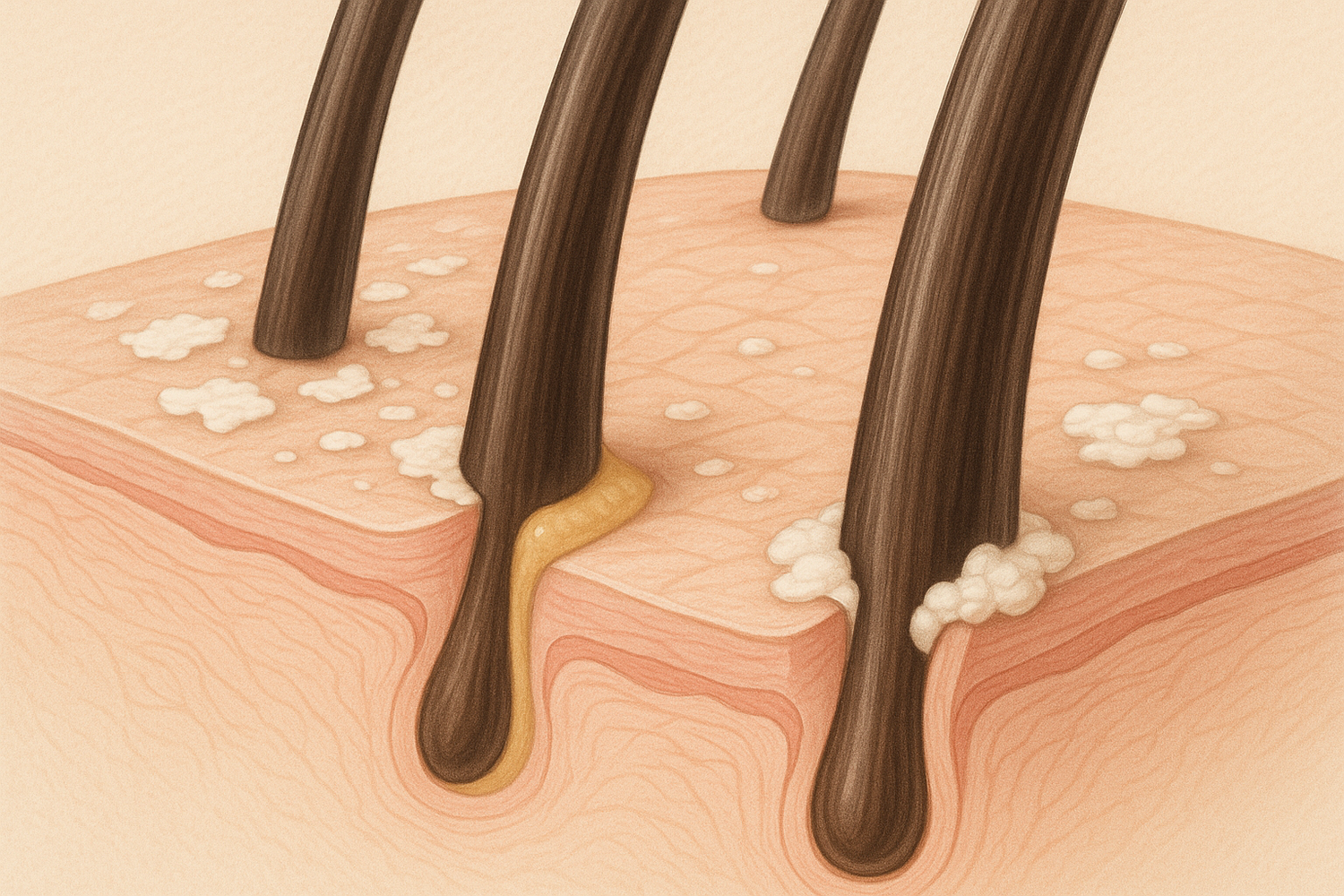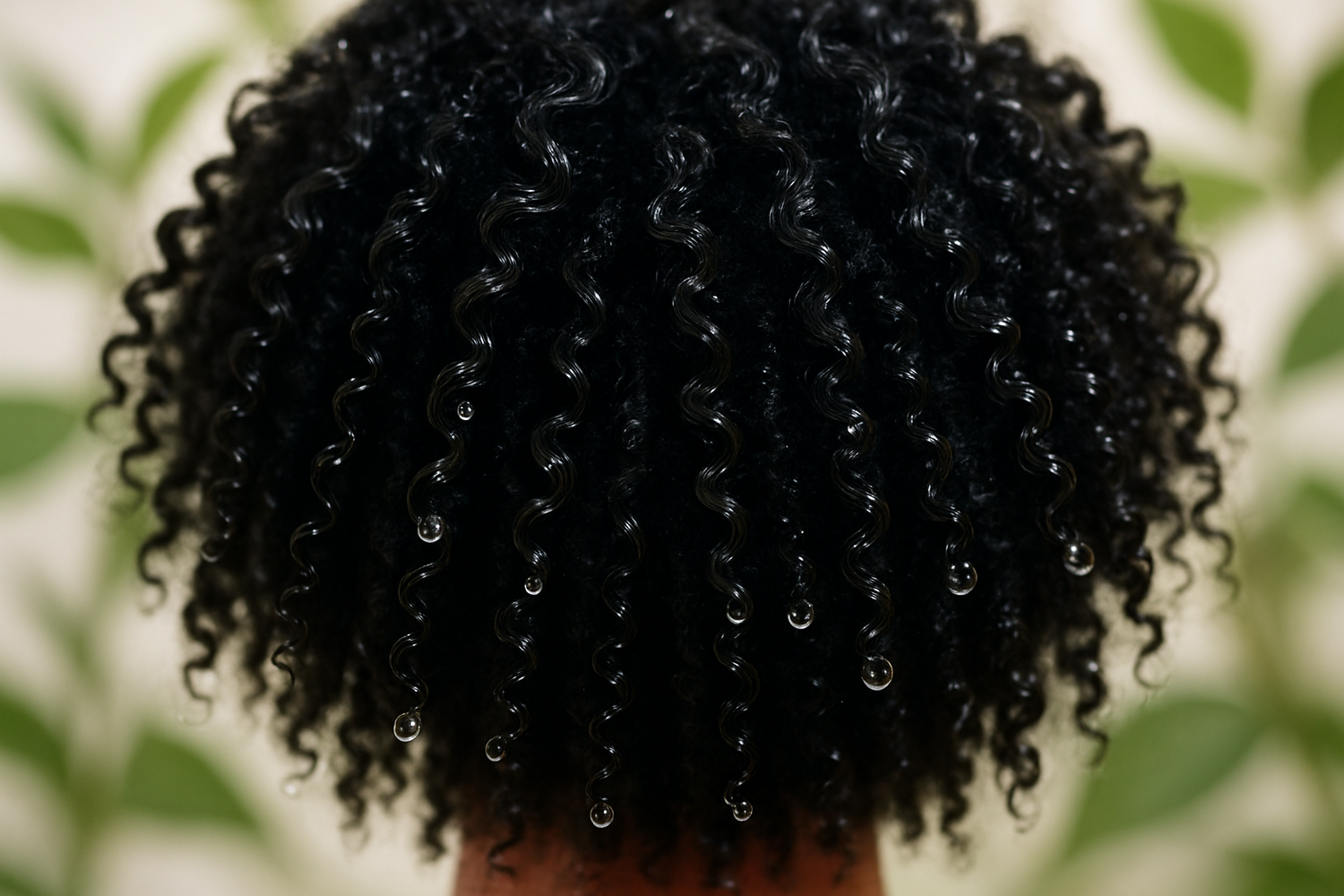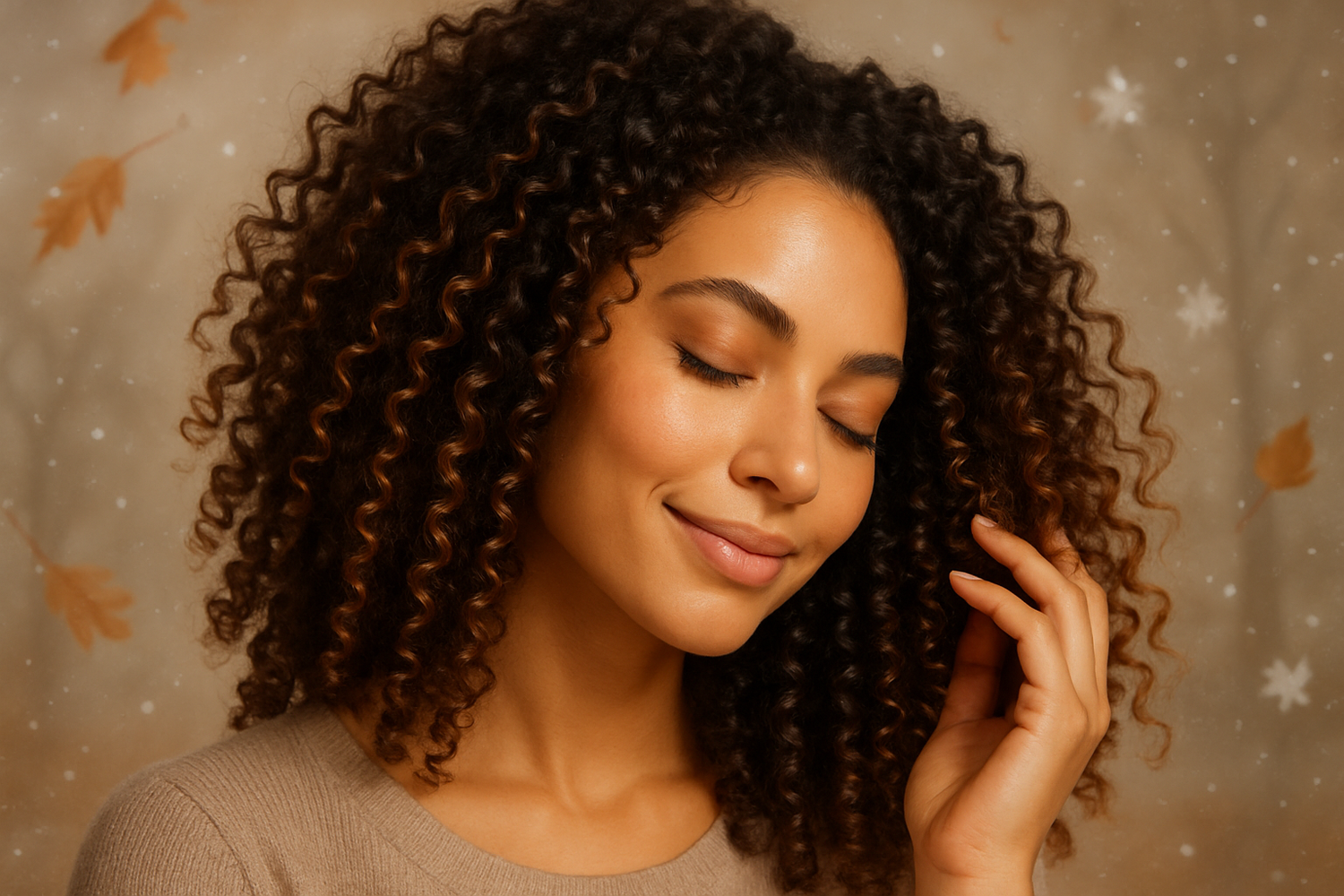Today, we're tackling a controversial topic in the world of hair care: the potential downsides of keratin treatments for low porosity hair. While keratin has long been hailed as a miracle ingredient, recent research suggests that it may not be suitable for everyone, especially those with low porosity hair. Join us as we uncover the truth about keratin and its impact on low porosity locks.
The Lowdown on Low Porosity Hair: Before we dive into the specifics of keratin, let's first understand what low porosity hair is all about. Low porosity hair is characterized by tightly closed cuticles, which resist moisture absorption. This often leads to dryness, product buildup, and difficulty in styling. Finding the right hair care routine for low porosity hair can be challenging, as many traditional products and treatments may not effectively penetrate the hair shaft.
The Keratin Conundrum: Keratin treatments have gained popularity in recent years for their ability to smooth and straighten hair, making it more manageable and reducing frizz. However, for individuals with low porosity hair, keratin treatments may do more harm than good. Here's why:
-
Overloading the Hair Shaft: Low porosity hair already has a tendency to accumulate product buildup due to its closed cuticles. Keratin treatments, which involve coating the hair with additional layers of protein, can exacerbate this issue, weighing down the hair and causing it to become dull and lifeless.
-
Potential Damage from Heat Styling: Many keratin treatments require heat styling to activate the protein bonding process. While this may result in temporarily smoother hair, excessive heat can damage the already delicate structure of low porosity hair, leading to breakage and split ends.
-
Limited Moisture Absorption: Despite claims that keratin treatments can improve moisture retention, they may actually hinder the ability of low porosity hair to absorb moisture from the environment. This can leave the hair feeling dry and brittle over time, despite the initial smoothing effects of the treatment.
Alternative Approaches for Low Porosity Hair: If keratin treatments aren't the best option for your low porosity locks, fear not! There are plenty of alternative approaches to caring for your hair:
-
Clarifying Treatments: Regular clarifying treatments can help remove product buildup and open up the hair cuticle, allowing for better moisture absorption.
-
Hydrating Products: Look for lightweight, hydrating products specifically formulated for low porosity hair.
-
Low-Manipulation Styling: Minimize heat styling and manipulation to prevent damage and breakage. Embrace your natural texture and opt for protective styles that keep the hair hydrated and healthy.
Conclusion: In conclusion, while keratin treatments may offer temporary smoothing benefits for some hair types, they may not be the best choice for individuals with low porosity hair. By understanding the unique needs of your hair and choosing products and treatments that support its natural structure, you can achieve healthy, vibrant locks without compromising on moisture or manageability.
Stay tuned for more hair care insights and tips in our future newsletters. Have a topic you'd like us to cover? Feel free to reach out!





